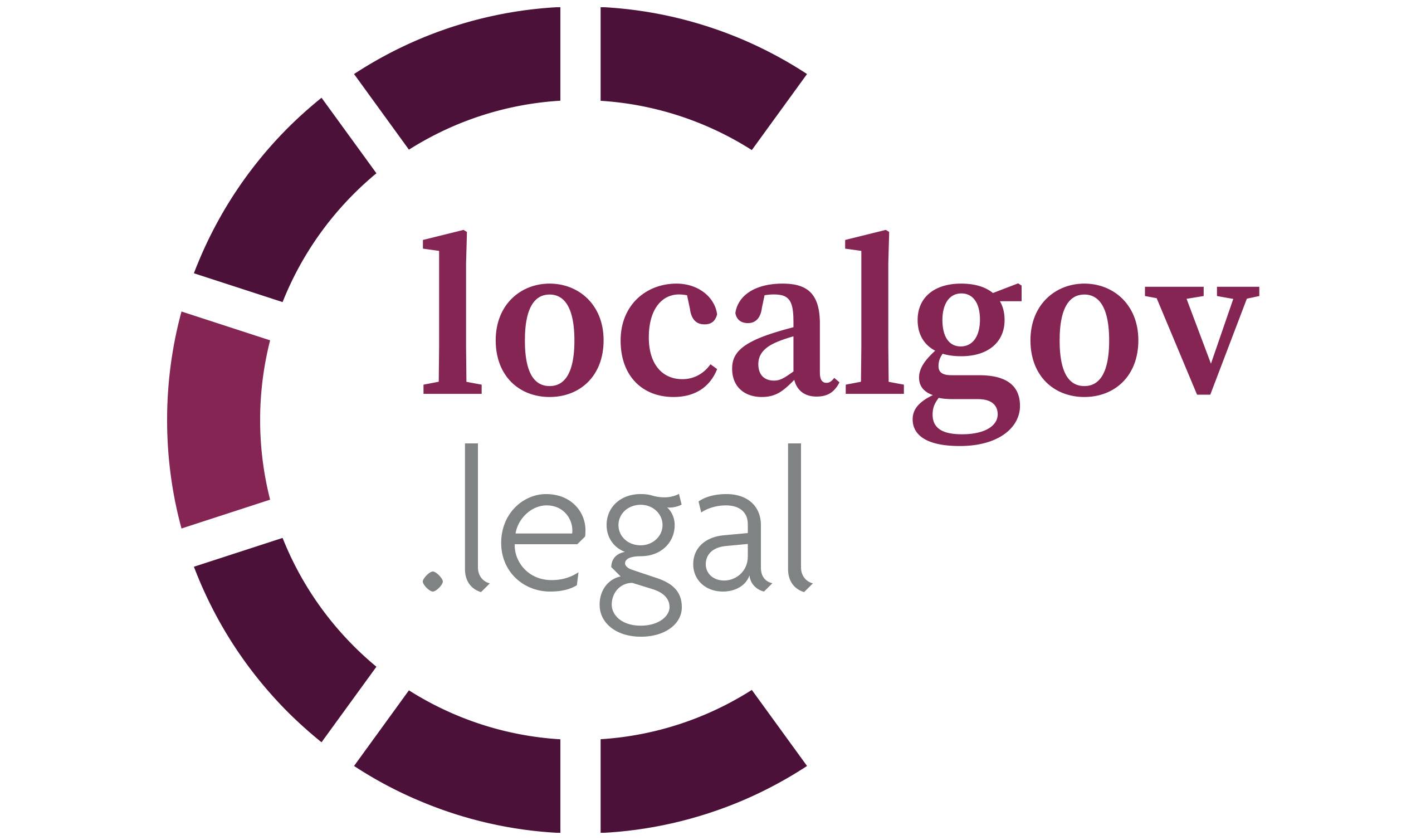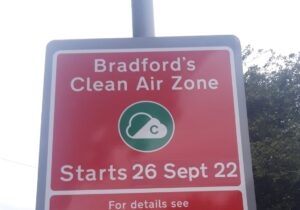The Government have today published Solar roadmap: United Kingdom powered by solar, detailing how they aim to increase the deployment of solar in order to deliver 45-47 GW by 2030.
Rooftop solar is central to the plan, with families expected to save up to £500 a year on energy bills. The roadmap outlines measures to increase solar on new homes through the Future Homes Standard, support renters and apartment dwellers with new ‘plug-in’ portable solar options and explore solar installations in car parks.

With over 1.5 million UK homes already equipped with rooftop solar, installations continue to rise, with January 2025 seeing a 16.5% increase in installations compared to the year before.
Among the most eye-catching suggestions concerns plug-in solar panels which are not currently permitted for general use in the UK due to electrical safety regulations and grid connection standards.
Plug-in solar panels are designed to be plugged into a regular socket, feeding power back into a home’s electrical system. However, in the UK, our sockets aren’t typically designed for power input, only for output.
In Germany, where solar panels on balconies are a familiar sight, regulations have been adapted to allow small-scale plug-in systems with safety features such as smart plugs or grid-compatible inverters. In fact, balcony solar has caught on in Germany to the the extent that IKEA now sell such systems.
In the solar roadmap the Government say they will conduct a safety study this year ‘with the aim of unlocking opportunities for plug-in solar over the next few years.’
Conscious of concern over land use, the The government praise the benefits of agrivoltaics, the integration of solar with arable farming, saying they are ‘working to understand the opportunities to exploit this technology.’
They are similarly to look at the potential of floating solar, which is considered to have a number of advantages over its land-based counterpart. The cooling effect of the water makes the panels more efficient, they are easy to install as no fixed structures are required, they are easy to move and, of course, they don’t take up any land.
The also prevent water evaporation and can control the growth of algae blooms.
To ensure successful rollout, the roadmap also addresses key barriers, including planning, grid connections, workforce skills and supply chain issues. The government is partnering with industry to close skills gaps and make the solar sector more accessible to new workers. Additionally, it is working with the Royal Institution of Chartered Surveyors to ensure solar installations are properly reflected in property values.
Ed Miliband MP, Secretary of State for Energy Security and Net Zero and Co-chair, UK Solar Taskforce said: ‘This is an incredibly exciting time for solar in the UK. More than 1.5m homes across our country now have solar installed, and since this government came to office my department has consented almost 3GW of nationally significant solar projects – nearly 3 times as much as the previous 14 years combined. But we know we need to go further to deliver our goals for clean power by 2030 and beyond.
‘Solar offers huge potential to boost our energy independence, bring down bills and tackle the climate crisis. It also presents a significant economy and industrial opportunity. We estimate that the solar sector could support around 35,000 jobs by 2030, double the number it supports today.
‘This Roadmap presents the final conclusions of the Solar Taskforce, setting out the steps government and industry will take to seize these opportunities – from installing solar on as many new newbuild homes as possible through the Futures Homes Standard to exploring how to maximise the potential of solar canopies on car parks.’

















Leave a Reply